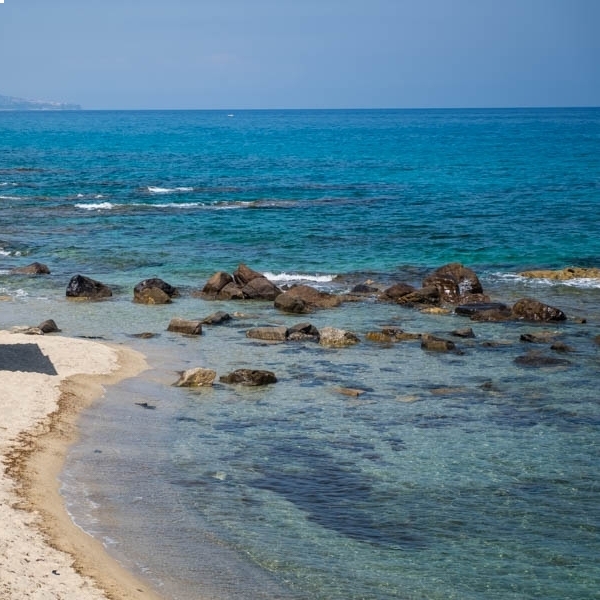Chiesa di Piedigrotta - Pizzo
UNA CHIESA UNICA AL MONDO
Da centinaia di anni si tramanda la leggenda di un naufragio avvenuto intorno alla metà del ‘600: un veliero con equipaggio napoletano fu sorpreso da una violenta tempesta.
I marinai si raccolsero nella cabina del Capitano dove era custodito il quadro della Madonna di Piedigrotta e tutti insieme iniziarono a pregare facendo voto alla Vergine che, in caso di salvezza, avrebbero eretto una cappella e l’avrebbero dedicata alla Madonna.
La nave si inabissò e i marinai a nuoto raggiunsero la riva. Insieme a loro, si poggiarono sul bagnasciuga anche il quadro della Madonna di Piedigrotta e la campana di bordo datata 1632.
Decisi a mantenere la promessa fatta, scavarono nella roccia una piccola cappella e vi collocarono la sacra immagine. Ci furono altre tempeste e il quadro, portato via dalla furia delle onde che penetravano fin nella grotta, fu sempre rinvenuto nel posto dove il veliero si era schiantato contro gli scogli.
I marinai si raccolsero nella cabina del Capitano dove era custodito il quadro della Madonna di Piedigrotta e tutti insieme iniziarono a pregare facendo voto alla Vergine che, in caso di salvezza, avrebbero eretto una cappella e l’avrebbero dedicata alla Madonna.
La nave si inabissò e i marinai a nuoto raggiunsero la riva. Insieme a loro, si poggiarono sul bagnasciuga anche il quadro della Madonna di Piedigrotta e la campana di bordo datata 1632.
Decisi a mantenere la promessa fatta, scavarono nella roccia una piccola cappella e vi collocarono la sacra immagine. Ci furono altre tempeste e il quadro, portato via dalla furia delle onde che penetravano fin nella grotta, fu sempre rinvenuto nel posto dove il veliero si era schiantato contro gli scogli.
Non esistono documenti che possano comprovare questa storia, ma il culto per l’immagine è antico e molto sentito dalla popolazione e non sarebbe inverosimile che il quadro sia davvero il frutto di un naufragio.
Verso il 1880, un artista locale, Angelo Barone, che aveva una piccola cartoleria al centro del paese, decise di dedicare la sua vita a quel luogo; ogni giorno raggiungeva a piedi il posto e a colpi di piccone ingrandì la grotta, ne creò altre due laterali e riempi gli ambienti di statue rappresentanti la vita di Gesù e dei Santi. Angelo morì il 19 maggio 1917, subentrò il figlio Alfonso che dedicò alla Chiesa 40 anni della sua vita. Per sua mano, essa assunse il suo aspetto definitivo. Egli scolpi altri gruppi di statue, capitelli con angeli, bassorilievi con scene sacre, affreschi sulla volta della navata centrale e su quella dell’altare maggiore. Alla sua morte non ci furono continuatori.
















